Experience the thrill of the hunt without ignorance ruining the spoils, with this guide to antiquing for novice buyers.
Whether you are curious about buying antiques or are a seasoned antique lover, jump in and join the discussion!
|
Why buy antiques? Even one or two antiques can infuse a home with warmth and personal style. Here are a few more reasons to welcome antiques into your home:
|
|
How to educate yourself about antiques. If you have an interest in antiques, you might want to familiarize yourself with the styles of different time periods and places by reading a good book on the subject or even signing up for a class through a community center or a continuing education program at a local college.
Another great way to get hands-on knowledge is to simply visit good antiques shops, auctions, and fairs. If you are open about the fact that you are there to learn more about antiques but are not ready to buy yet, many dealers will be happy to share their knowledge. Just be courteous and choose to ask your questions during a slow time in the shop, not when it’s swamped with visitors. |
|
What to know if you shop online. Many online shops offer the convenience of antiquing from the comfort of your favorite chair — 1stdibs and eBay are two of the most popular. If you want to try antiquing online, here are a few things to keep in mind:
|
Then take a closer look at the piece: Is it well constructed? Does it look like it’s been well cared for? Note any wobbly legs, broken pieces, cracks, stains etc. Also be sure to ask the seller about the history of the piece.
Generally, provenance is provided only for higher-value or rare antiques. Having this documentation is important if you ever plan to resell the item and can also be helpful for insuring it.
That said, if your budget allows and the piece warrants it, re-covering an antique chair or sofa with a beautiful new fabric can be a very rewarding project.
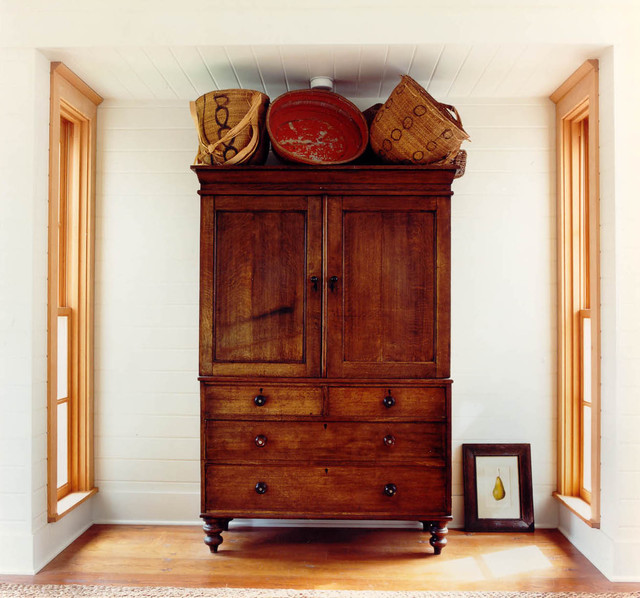
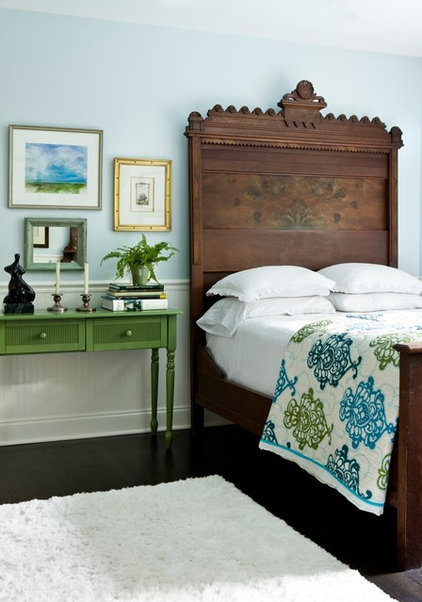
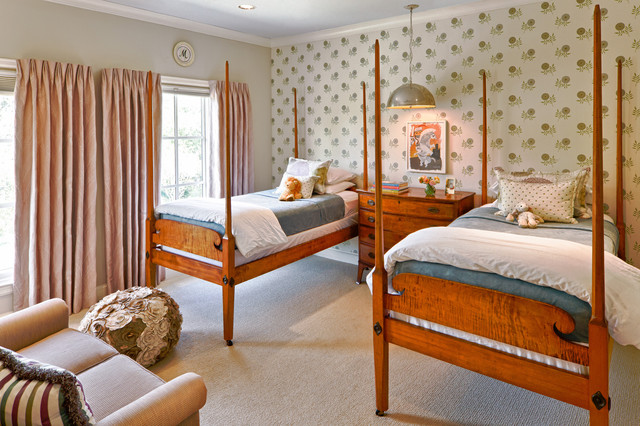
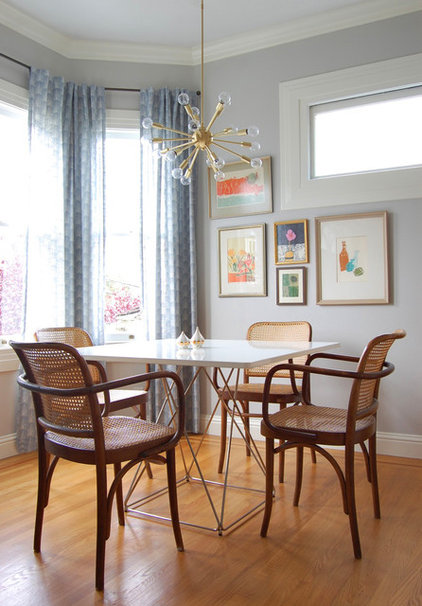

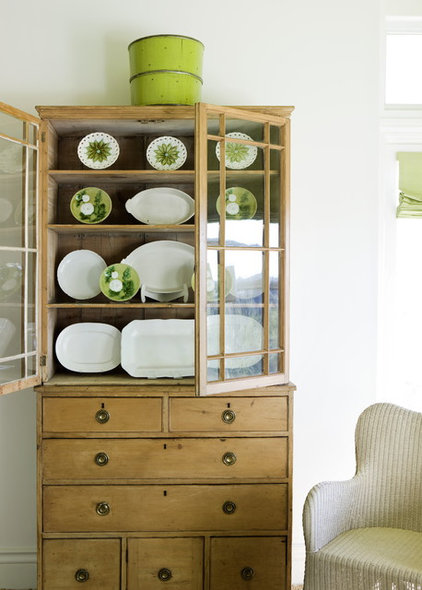
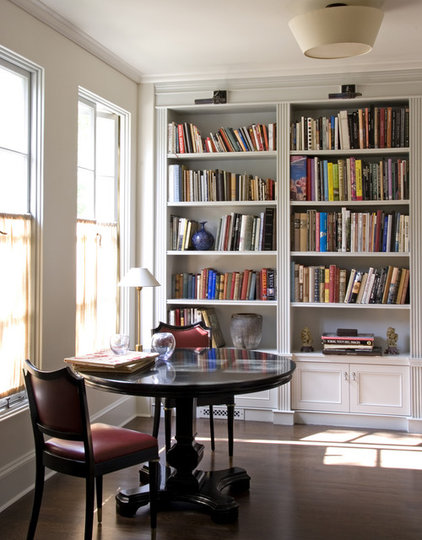
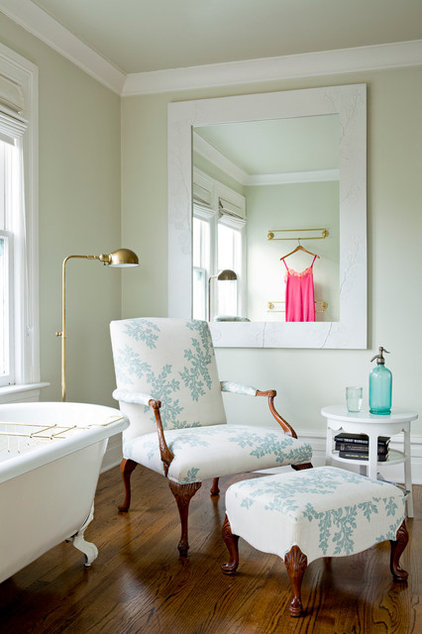
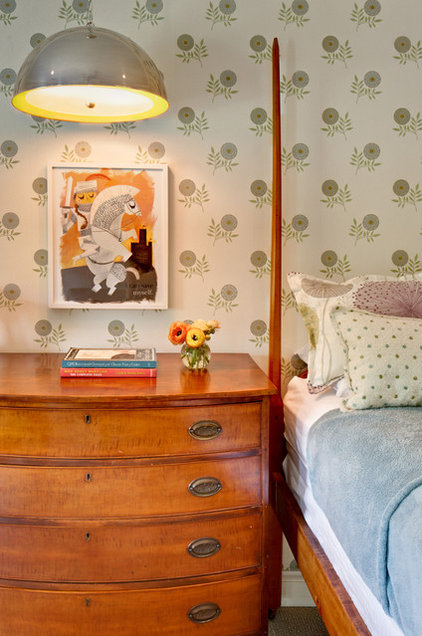

Comments (1)Subscribe to CommentsComment